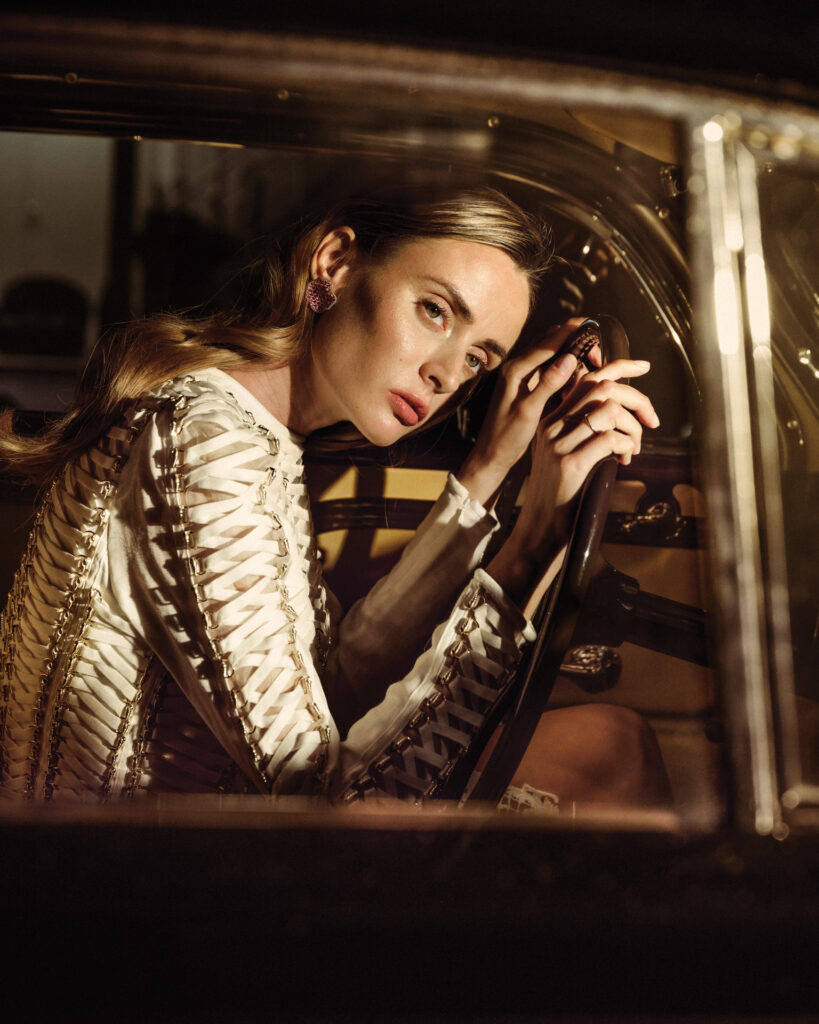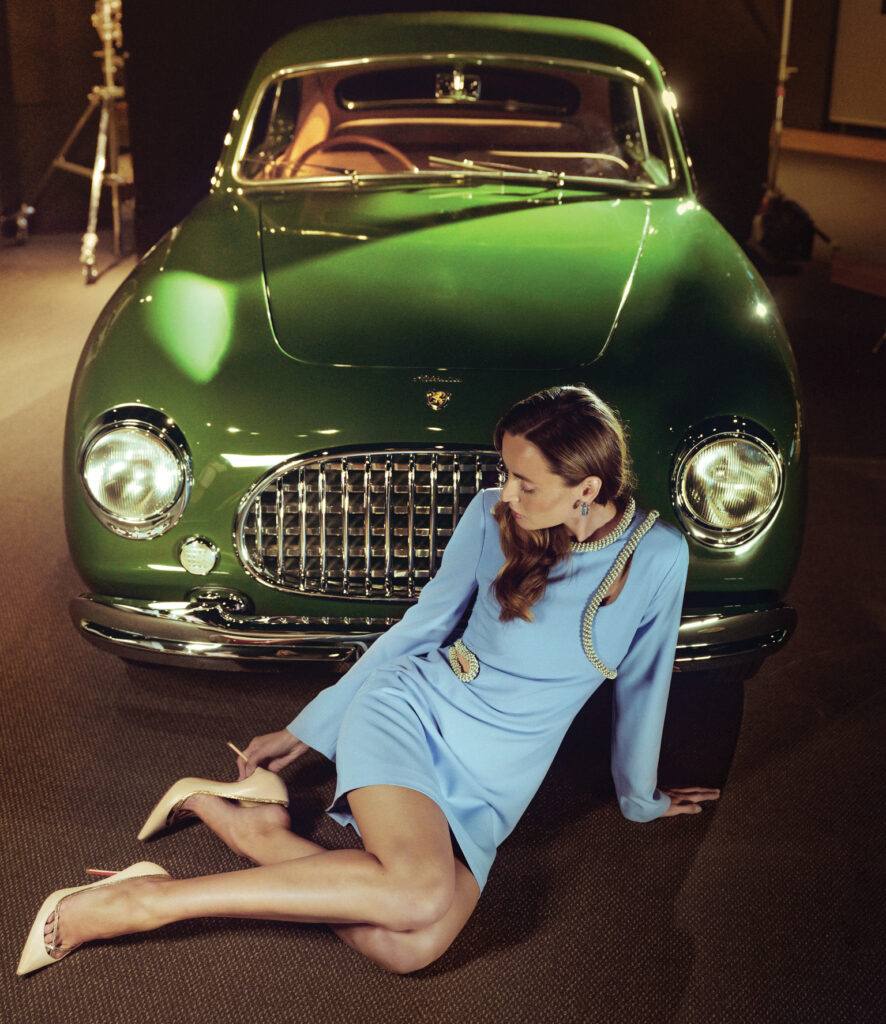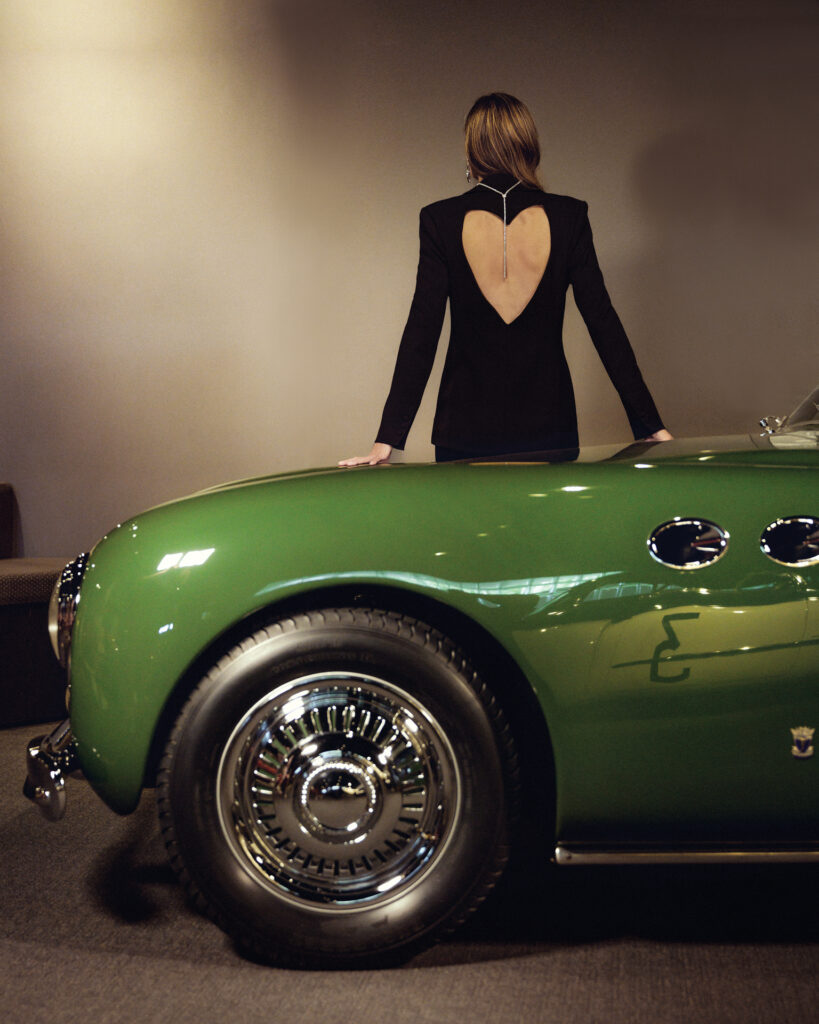The 1930s were a pivotal moment for cars in America and for us in Collier County, as Barron G. Collier’s completed Tamiami Trail linked Southwest Florida to the east coast—allowing automobiles to flow freely into the region for the first time. “His efforts to develop an area that he fell in love with were incredible,” says Scott George, the curator of collections at Revs Institute, founded by Barron’s grandson, Miles C. Collier. “The connection from Tampa to Miami—and to connect that route to this area and what it meant is unbelievable.” Also around this time, Thomas Edison cut the ribbon for the Edison Bridge over the Caloosahatchee River, drawing more folks from Fort Myers to Naples. Marco Island swapped its ferry for a bridge to easily welcome motorists. Fifth Avenue South was shaping up to be a destination for the thousands of visitors that flocked to the fledgling town each winter, and Naples opened its first 9-hole golf course near Naples Pier.
The next generation of Colliers, Barron’s sons, recognized a national trend that fit perfectly in Naples: the European automobile and sportscar racing craze. Barron Jr., Samuel and Cowles “Miles” Collier were instrumental in bringing racing to the U.S. with the formation of the Automobile Racing Club of America in 1933 and the Sports Cars Club of America (SCCA) in 1944.
Fast-forward to the early 2000s. Miles C. Collier opened the doors to the Revs Institute in Naples. With 115 cars in the collection spanning from 1896 to 1995, Revs celebrates 100 years of automotive excellence. As we celebrate Collier County’s centennial, it’s a fitting time to recognize this car-centric family’s connection. The three-story museum houses, restores and preserves cars (including keeping them all running), and allows visitors to experience the moments our cultural relationship with automobiles shifted. From its curated collection of some of the most historically significant cars made to an ever-expanding library with more than 1.5 million images, prints, manuals, books and periodicals (much of which is digitally archived and available online), Revs is a must-see for history and auto-lovers. “Even though it doesn’t get the attention it deserves, the library is a key component to the museum,” Scott says. “We have researchers coming in from around the world.”
Not surprisingly, Miles grew up appreciating automobiles. Coming from a family with such historical significance in his hometown, it’s fitting that Miles would fixate not only on automobiles’ aesthetics but also on their historical context.
The collection clearly shows the turning point in the ’30s, when automobiles started being seen as more than just practical tools of transport. Designers began crafting rolling works of art, like the museum’s 1937 Delahaye Roadster and 1938 Alfa Romeo Tipo 8C, that helped fuel the automotive love affair that burns strong today. These 1930s beauties were a far cry from the collection’s oldest car, the carriage-like 1896 Panhard et Levassor Wagonette, or the boxy 1914 Simplex that Miles’ grandfather and Collier County founder Barron Collier drove. As the decade progressed, cars got rounder, sleeker, more aerodynamic—just as Collier County was coming in its own.
Miles built the museum on Horseshoe Drive, then expanded into Revs Institute in 2009, with a focus on automobile conservation, antique car maintenance skills and deepening the appreciation of automobiles’ legacy in America. Through Revs, Miles preserves his forefathers’ legacy while cementing the importance of automobiles in the human experience. “And allowing them to live beyond our time,” George adds.



Model: Alena Gorbacheva
HMUA: Dani Taverna and Kayla Rasmussen, Duality Artistry
Photographer: Omar Cruz
Photo Assistant: Andres Beligoy
Shot on location at Revs Institute.





